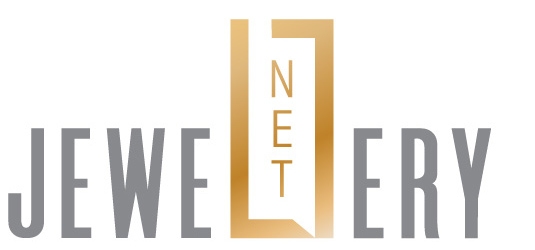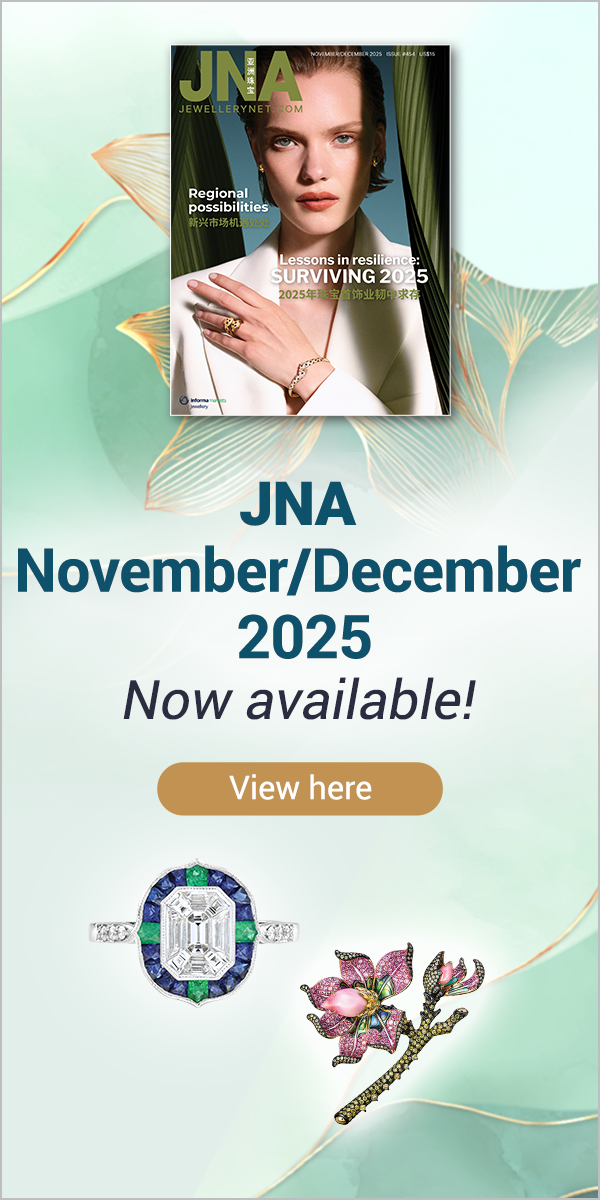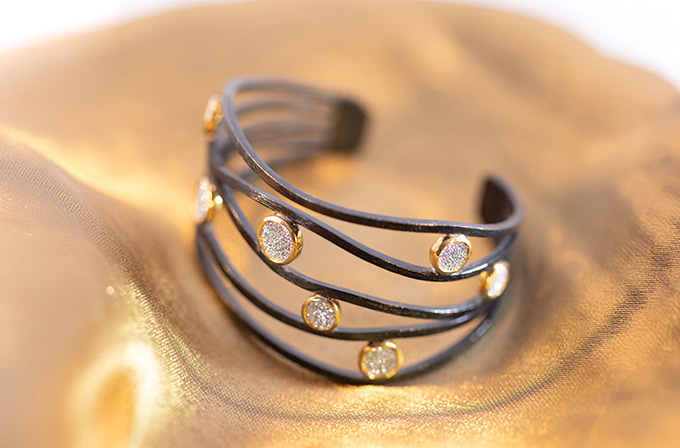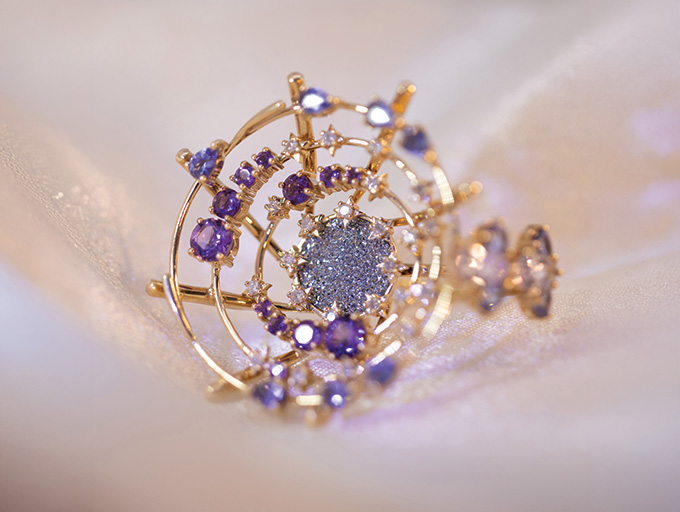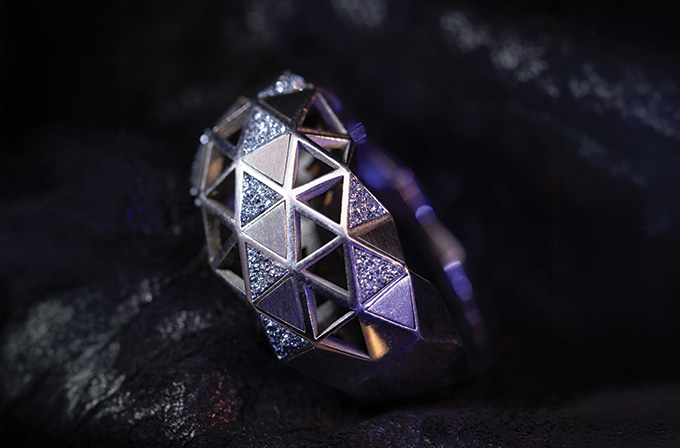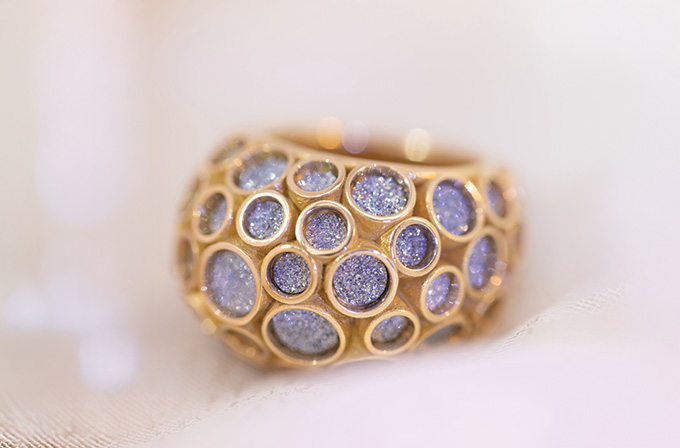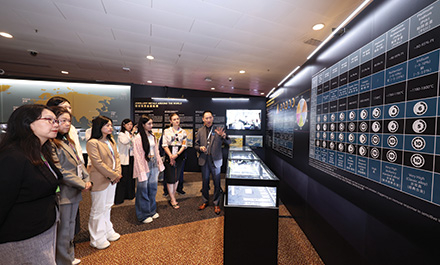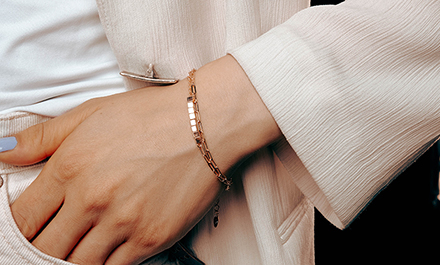The lustrous greyish-blue metal is making strides in the jewellery industry as a next-generation luxury material offering unprecedented exceptionality.
This article first appeared in the JNA September/October 2025 issue.
A couple of years after osmium debuted in Asia’s fine jewellery space, the greyish-blue metal continues to gain traction as innovative centrepieces or accents – breaking new ground in jewellery design.
The ultra-rare precious metal – sourced as a by-product of platinum mining and crystallised for use in jewellery manufacturing – was introduced in the high-end collections of Hong Kong jewellery designer Tania Chan in 2024.
Interest in the extraordinary metal has since skyrocketed, with applications in the luxury jewellery and watch industries. Its rarity alongside supply constraints catapulted prices to US$2,400.53 per gram as of August 2025, making it approximately 20 times more valuable than gold.
"Crystallised osmium is used as luxury jewellery inlays rather than a primary carrier material like gold or other precious metals. It is also used in larger surfaces as a single addition or as accents requiring a minimal amount of osmium," explained Scarlett Clauss, vice president of the German Osmium-Institute.
Prices are on the rise because the metal is extremely scarce, with less than half a tonne of osmium remaining to be crystallised.
The metal offers unique security features. Clauss said, "It is unforgeable in crystalline form, with each piece having a fingerprint-like pattern that prevents counterfeiting."
Processed in Switzerland and certified in Germany, each piece receives an identification code in the Osmium World Database, ensuring traceability.
Dazzling future
Industry demand is surging, with the Osmium Institute partnering with international designers, producers and brands to boost the metal's mainstream appeal.
“We cannot disclose details yet but we will soon see larger luxury brands using osmium in their collections,” shared Clauss. “In the coming months, we expect more brands and designers switching to osmium.”
Designs combining osmium with diamonds are especially alluring, with customers seeking fresh ideas and inventive materials already favouring the metal. While diamonds sparkle from six metres in sunlight, osmium's reflective surface is visible from 30 metres, like a thousand little mirrors. Clauss is clear about one thing though — osmium is not replacing diamonds but should be seen as a complement or alternative.
“This is how we are marketing it,” she remarked. “Last year in Hong Kong, diamond dealers told us they want to offer osmium alongside their core products. It is amazing. Demand is growing steadily mainly by word of mouth.”
